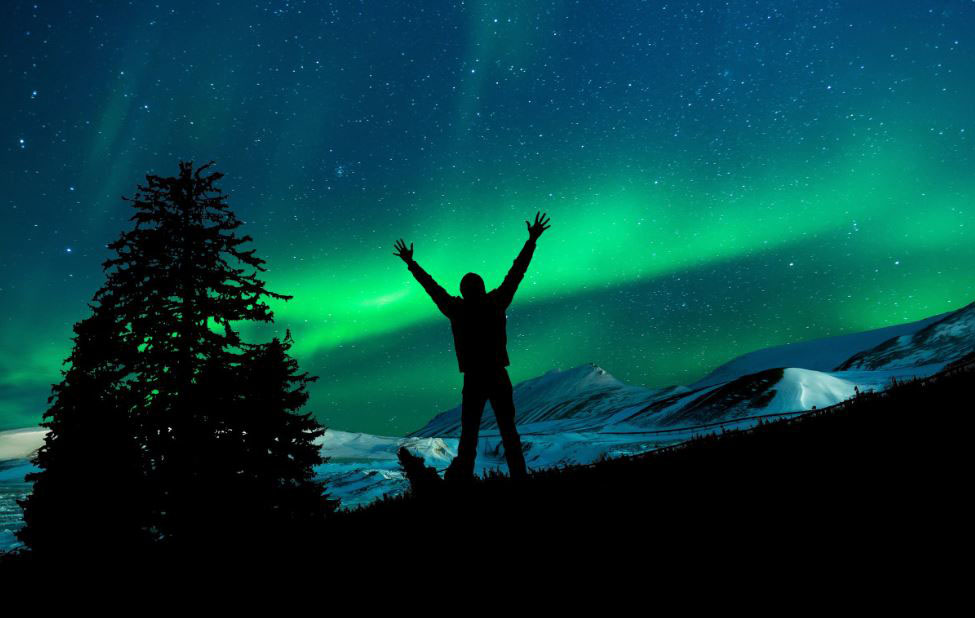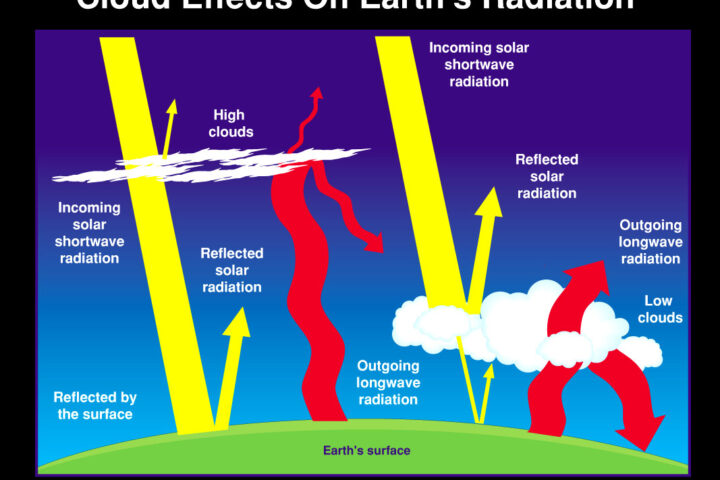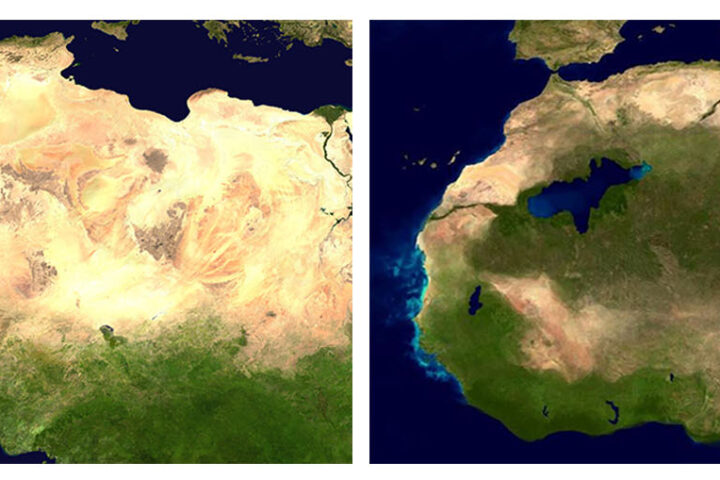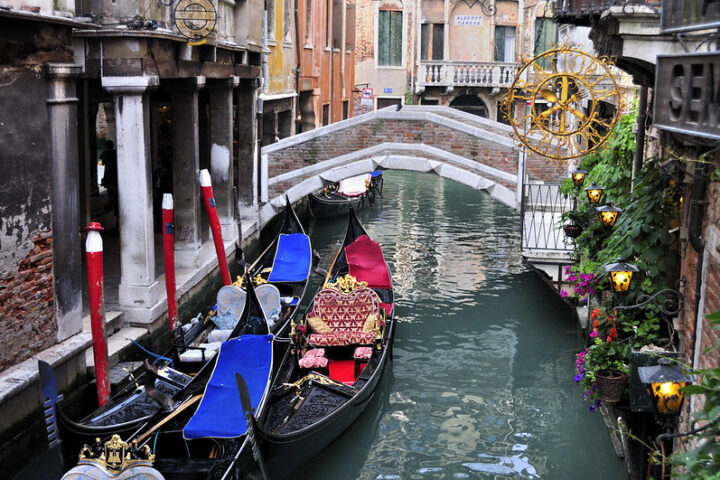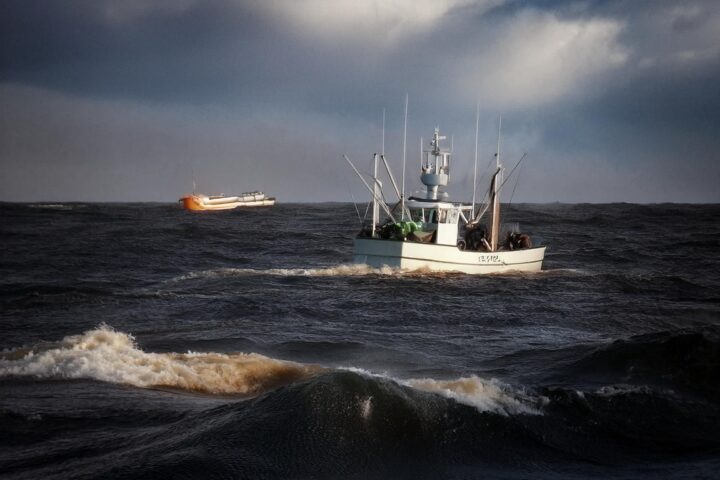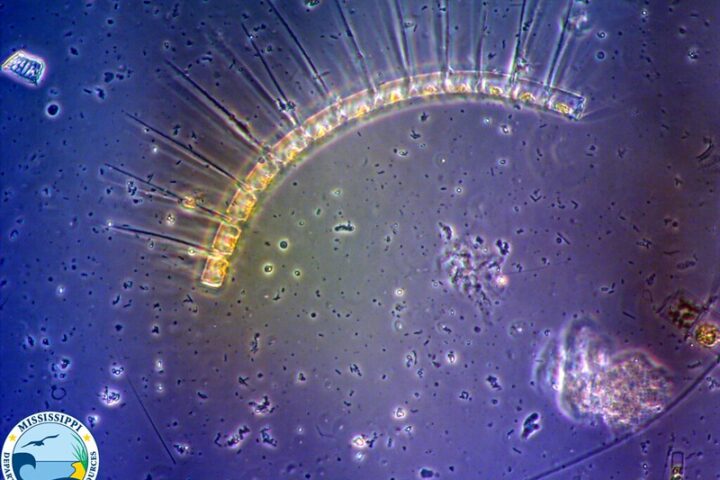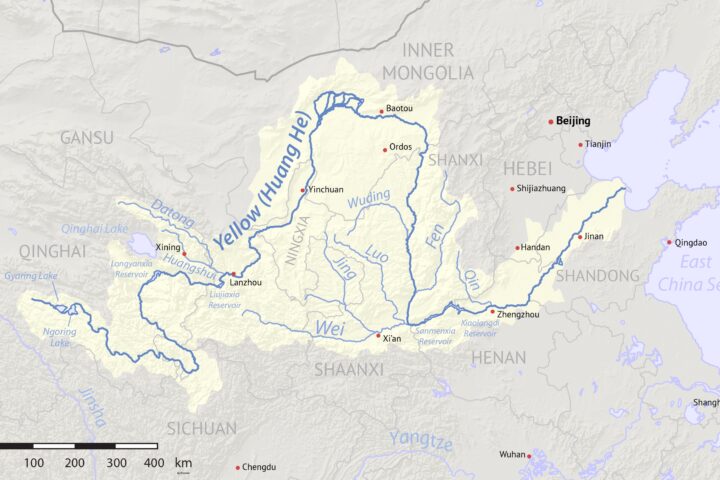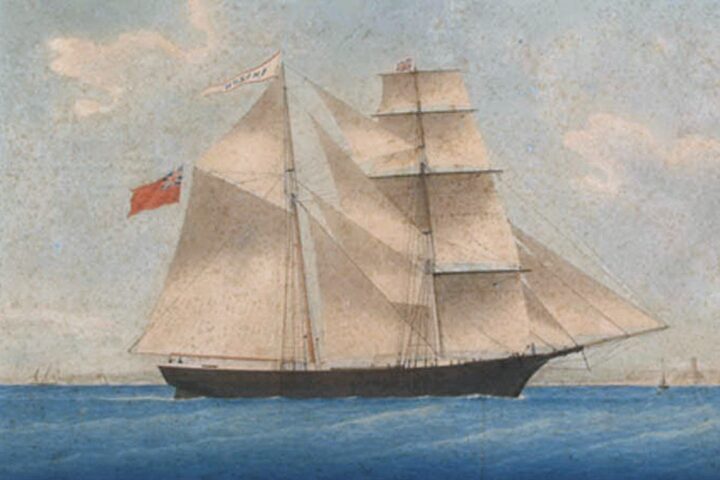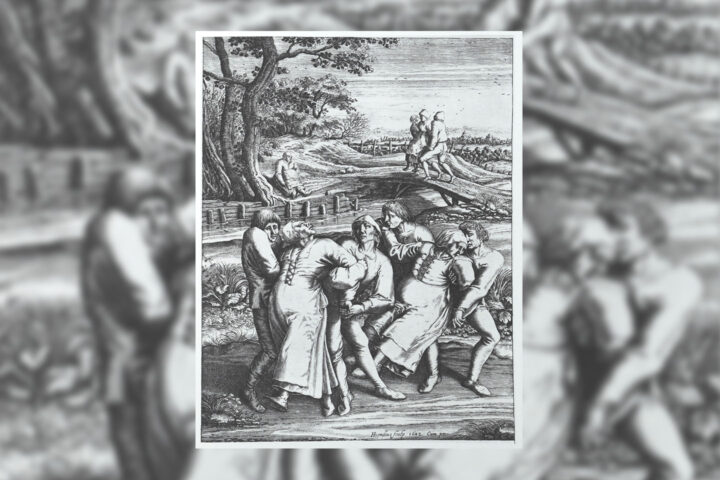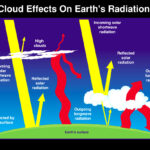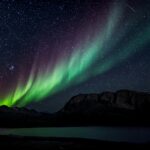Source: img src=httpsc.pxhere.comimagesad837990caf7a5911ee58140d120e635-1633628.jpg!d srcset=httpsc.pxhere.comimagesad837990caf7a5911ee58140d120e635-1633628.jpg!d alt=polar, aurora, borealis, aurora borealis, northern lights, polar
Introduction
The polar night, occurring within the polar circles, is such a period of continuous night where the sun remains below the horizon for a continuous period. This ultimate occurrence, characterized by different singularities, salutes the tilt of Earth and its relation to sunlight distribution. In this article, we look in depth at what polar night really is: its cause, its impact on the ecosystems, and how people cope with it in these far-flung corners of the world.
Understanding Polar Night
The polar night is the result of an axis of the Earth that was tilted away. The gravitational pull pulls the sun in a circular course across the sky, whose altitude is continually changing during the year. Hence, all those parts of the Earth lying within the Arctic and Antarctic circles go through phases of constant daylight and night. During the polar night, the sun remains below the horizon for 24 hours or more continuously, casting these areas into a kind of perpetual twilight.
Polar night duration varies with latitude: whereas the sun remains below the horizon for about six continuous months at the poles, it does so for shorter spans as one approaches the polar circles. Indeed, the exact duration will also depend on factors such as atmospheric conditions and geographic features.
The Polar Night and Ecosystems
All of this has huge implications for the ecosystems within the Arctic and Antarctic Circle. Primarily, plants are highly affected due to a lack of sunlight from the sun, which essentially stalls the process of photosynthesis-the conversion of energy from the sun-into plant life. Plant life in these regions has adapted to operate under very long periods of darkness. Some plants, like mosses and lichens, can simply go dormant during the polar night, living off residual energy reserves stored in them.
Animals living in the polar zones have developed very particular physiological and behavioral adaptations, especially to the polar night. Most species hibernate or else migrate during this period to lower latitudes. Others, such as polar bears and Arctic foxes, have thick fur coats with physiological adaptations that enable them to survive the cold temperature and lack of food. The polar night can also affect animal behaviour, in that hunting patterns or social interactions change in respect to the different environmental conditions.
The Human Experience of the Polar Night
While polar nights give no good feeling to human life, there are communities that have learned to live in such extreme parts of the world. Cultural behaviors and traditions have been developed by the people inhabiting the Arctic and Antarctic regions to celebrate the long periods of darkness.
Probably the most striking feature of polar night is the total lack of natural light. It may drastically affect the psychologies of people and their well-being. For this reason, it necessitates that one rely largely on artificial lighting and indoor activities. On the other hand, it may be peaceful and tranquil; hence, it may allow quiet time for reflection and introspection.
Apart from these disadvantages, living in polar regions also has special advantages. For example, the lack of sunlight allows for spectacular scenes in the sky – the creation of the aurora borealis (Northern Lights) and the aurora australis (Southern Lights). These natural spectacles amaze and inspire many people.
The Future of Polar Night
It is a result of a natural process that has been in action for millions of years. In any case, it is very true that through climate change, these unique ecosystems face a lot of threat. Due to the rise in global temperatures, the polar ice caps melt at an alarming rate, further altering sea levels and ocean currents. Such changes may have very long-reaching consequences on the polar night, including changes in duration and intensity of the dark period.
Therefore, any alteration in the Polar Night will directly affect the dependent ecosystems. To protect polar nights, there needs to be urgent addressing of climate change. This can be realized by reducing the level of greenhouse gases emission and advocating for sustainable practices to reduce the negative impacts of climate change in these fragile environments.
The Role of Polar Night in Observing Celestial Bodies
The polar night-one where the sun does not rise above the horizon for most of the winter months-is an ideal opportunity for astronomers and other scientists to study those kinds of celestial phenomena that daylight obscures elsewhere. Without sunlight, there is less interference within the atmosphere; hence, the views of faraway stars, galaxies, and other such astronomical objects are clear.
ESO has established a number of observatories in the Chilean Andes at sites with exceptionally clear skies and minimal light pollution. The VLT and ALMA have greatly contributed to humankind’s knowledge about the universe due to the polar night conditions being quite conducive.
Polar Night and the Indigenous Cultures
Since time immemorial, indigenous peoples have been dwelling in both the Arctic and Antarctic regions, attuning themselves to the environments and the polar night. Their cultures are full of traditions and stories that celebrate the darkness for its meaning.
This period of polar night is related to spiritual and mythological beliefs with most of the indigenous cultures. For example, some Inuit cultures view the polar night as a period when the spirits of the dead come back to the living. It is also a period for the darkness to play a role in introspection and reflection by the inhabitants with themselves and nature.
Various strategies of navigation and survival have been developed by the indigenous community during polar night. This community owns traditional knowledge about the position of stars and constellations, which helps in navigation and hunting. Special clothes and equipment are used to prevent colds and protect against harsh weather conditions.
Polar Night and Human Health
Depending on the organism, polar night might have positive or negative influences on human health. Lack of sunlight may cause seasonal affective disorder, a type of depression associated with reduced exposure to natural light. This condition may manifest as symptoms such as fatigue, irritability, and problems concentrating.
Polar night does, however, have a few positive health effects. This is because the absence of the sun can improve quality sleep conditions as the body’s internal rhythm is not interfered with. Cold temperature elevates immunity against certain diseases and makes the resistance to such diseases high.
To minimize the harm polar night does to the human organism, one has to resort regularly to artificial light therapy and physical activity. The diet should also be healthy, and one needs to avoid stress somehow.
The Future of the Polar Night
The polar night is something that has been occurring for many years; however, it is already threatened by its more dangerous enemy: climate change. In the rising of global temperatures, ice caps in polar regions melt at a huge and dangerous rate, shifting the sea level and therefore ocean currents. Such eventualities might bring their wide-reaching effects on the Polar Night, such as changing the duration and intensity of the dark period.
It’s about time to take action regarding climate change, which protects the Polar Night and its dependent ecosystems. Mitigating gas emissions and practicing sustainability are ways to lighten the impact of climate change on these fragile environments.
Conclusion
The polar night is one fascinating phenomenon serving to expose the beauty and diversity of our planet-from where it has played a role in the case of celestial observations to its importance in indigenous culture, right to impacts on human health. The polar night-a look into the world that’s at once savage and out of this world. As we continue to navigate and make meaning of the polar night, preservation of the unique environments for the future will be important.
Sources:
- https://www.reddit.com/r/vtm/comments/wgyx3k/are_polar_nights_interesting/
- https://news.cgtn.com/news/2019-07-27/The-ultimate-darkness-polar-night-Natural-Phenomena–IFlGuS6nSw/index.html
- https://www.linkedin.com/pulse/arctic-stories-3-polar-day-night-elena-doms
- https://www.safartica.com/what-is-polar-night/

